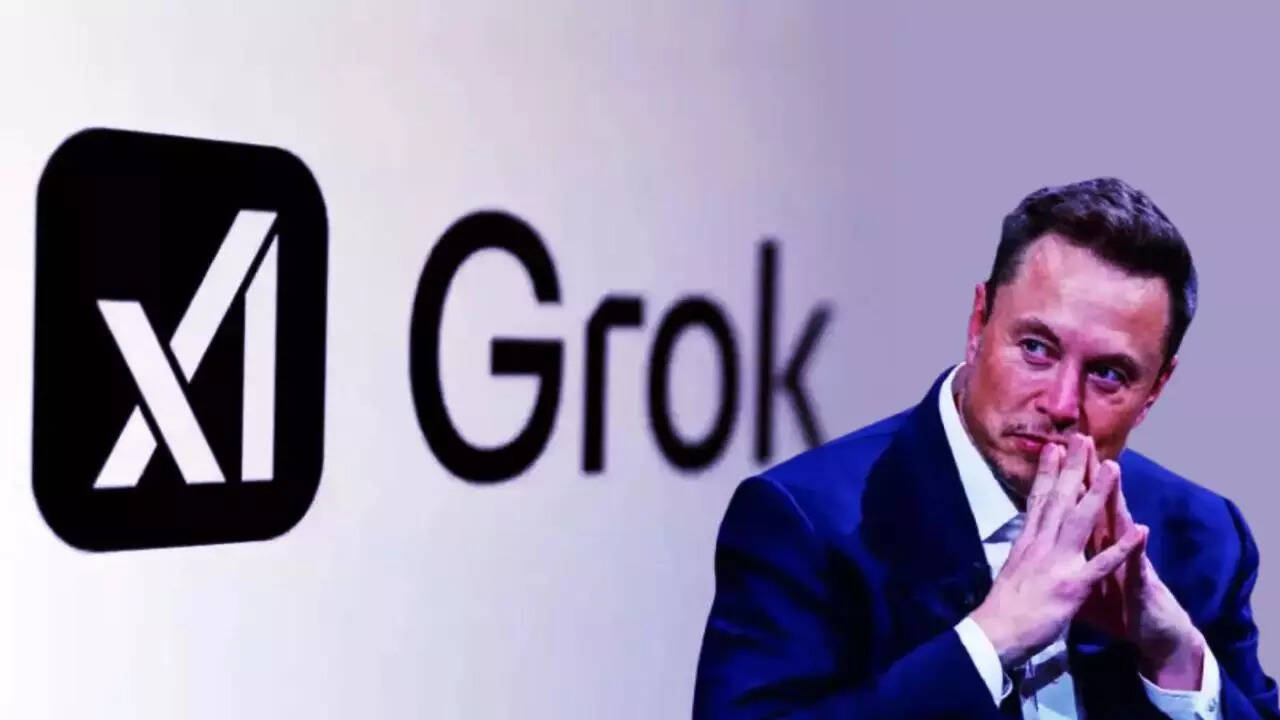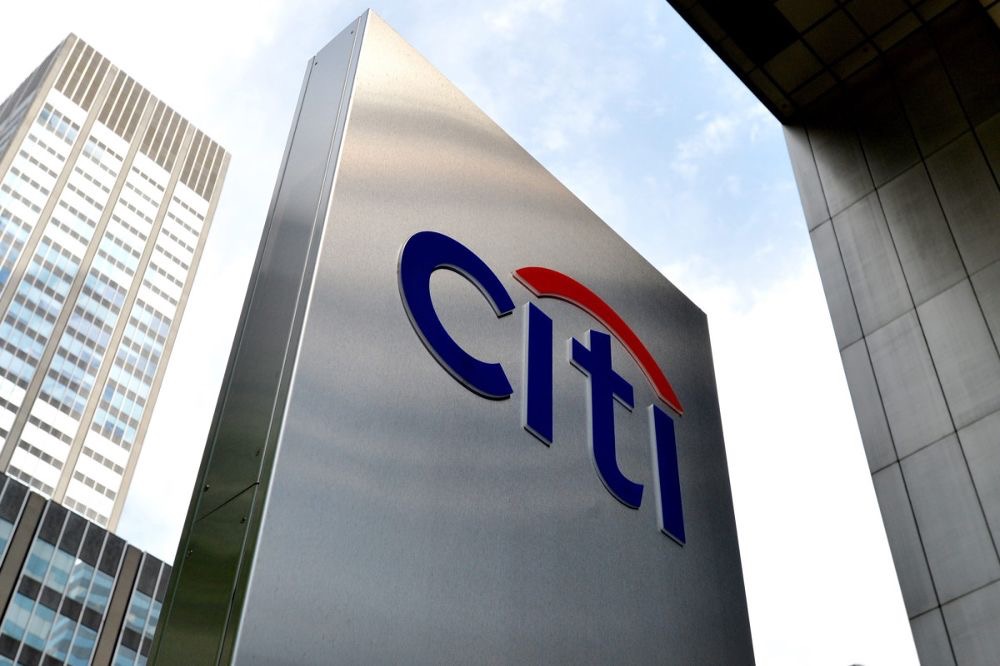Elon Musk’s artificial intelligence startup, xAI, is reportedly in the final stages of securing an enormous $20 billion financing package—potentially one of the largest capital raises in the history of AI. The deal, which insiders describe as a mix of equity and debt, is said to involve a strategic partnership with Nvidia, the dominant supplier of AI chips and infrastructure.
The funding would significantly boost xAI’s ability to compete with market leaders like OpenAI, Google DeepMind, and Anthropic, at a time when access to computing power and custom hardware has become the key battleground in the AI arms race.
A Unique Financing Structure
According to people familiar with the matter, the financing will be structured through a combination of approximately $7.5 billion in equity and $12.5 billion in debt. What makes the deal particularly novel is the use of a special-purpose vehicle (SPV) to purchase Nvidia’s high-performance GPUs—hardware essential for training large AI models.
Rather than acquiring the chips outright, xAI will lease them over a multi-year period from the SPV. The debt used to finance the chip purchases is expected to be secured by the hardware itself, rather than by xAI’s own assets or revenue. This approach limits financial exposure for xAI while allowing it to scale its compute capabilities rapidly.

Nvidia, whose GPUs are the gold standard in AI training and inference, is reportedly contributing a significant amount of equity—potentially up to $2 billion—as part of the package. This deepens the alignment between the chipmaker and xAI, positioning Nvidia not just as a supplier but as a key stakeholder in Musk’s growing AI ambitions.
Colossus 2 and the Next Frontier
The funding is expected to power the development of xAI’s next-generation data center project, dubbed “Colossus 2,” which will be located in Memphis. The facility is set to house tens of thousands of Nvidia GPUs and is envisioned as one of the largest AI compute clusters in the world.
Colossus 2 builds on the foundation of xAI’s first major data center and reflects the company’s strategy to take more direct control of its AI infrastructure. Rather than relying entirely on cloud providers like Amazon or Microsoft, xAI aims to vertically integrate its model training and deployment capabilities.
In recent months, Musk has hinted that future versions of xAI’s flagship AI assistant, Grok, will require dramatically more computing power. This suggests that Colossus 2 will serve as the core infrastructure for training next-generation models that could rival or surpass GPT-5 or Gemini Ultra in performance and capabilities.
Competitive Landscape
xAI’s aggressive funding round highlights the intensifying competition in the generative AI space. OpenAI, backed heavily by Microsoft, has set a high bar with its GPT models and continues to dominate in market share and developer adoption. Google’s DeepMind and its Gemini line of models, along with Anthropic’s Claude, are also rapidly advancing.
Musk, however, is positioning xAI as a philosophical and technical alternative. He has frequently criticized other AI companies for what he sees as ideological bias, lack of transparency, and overreliance on centralized control. xAI, which has been integrated into X (formerly Twitter), promotes itself as a more open, “truth-seeking” AI company.

Despite being a relative newcomer, xAI has scaled rapidly, thanks in part to its tight integration with Musk’s other companies. Grok, the company’s AI assistant, is now embedded into X’s premium features and has seen growing user adoption, even if it still trails its competitors in capabilities.
The Nvidia Factor
Nvidia’s involvement in the funding round signals more than just a supplier relationship. With demand for its GPUs soaring, the chipmaker has started taking more strategic positions in the companies that use its hardware at scale. By investing directly in xAI and backing the SPV model, Nvidia not only secures a major customer but also shares in the potential upside of xAI’s growth.
This trend—of chipmakers becoming financial backers—is part of a broader shift in the AI economy. Compute is now the most expensive and limiting factor in building frontier models. By aligning closely with capital-intensive AI startups, Nvidia is helping to ensure that its technology remains central to the next wave of innovation.
Risks and Outlook
While the size of the funding round is impressive, it also raises questions. Can xAI translate its expanded compute into real product breakthroughs? Will Grok—or its successors—be able to compete with more mature offerings from OpenAI or Google?
There are also concerns around the sustainability of the capital structure. Leasing GPUs through an SPV financed by debt may reduce short-term financial strain, but it also adds complexity and long-term obligations. If model performance or adoption falters, those obligations could become burdensome.
Moreover, the blending of supplier, investor, and customer roles—as seen with Nvidia—might attract scrutiny from regulators or financial watchdogs, especially if such arrangements become industry standard.
Still, for now, Musk’s xAI is signaling that it intends to be a serious contender. With $20 billion in capital, a state-of-the-art compute facility on the horizon, and strategic support from the most important chipmaker in the industry, xAI is no longer just a challenger—it’s fast becoming one of the most watched players in the global AI race.











